Today’s plant photos are from Rik Gern of Austin, Texas: the first of a set of two. Rik’s captions are indented, and you can click on the photos to enlarge them.
In mid-March I visited a friend on a ranch in Luling, Texas, a small town about 50 miles south of Austin and 60 miles east of San Antonio. Originally a railroad town, and once known as “the toughest town in Texas”, Luling is now a minor oil town. [JAC: It’s also the home of the City Market, one of the finest BBQ joints in Texas.]
The landscape is typical of much of central Texas; it can look monotonous on the surface, but it’s full of interesting life when you look up close. The woods, which the locals refer to as scrub brush, consists largely of Spanish Oak, Mesquite, and Elm:
This hardy plant, breaking thru the crusty soil, is bracted plantain (Plantago aristata).
If you enlarge the photo above, you can see that it is covered with tiny flowers. I’d like to visit a little later in the season to see them in bloom!
I’m not sure what this little sprout is; it’s growing among the braced plantains and may be one of them, or perhaps it’s a member of the next group of plants, the spotted beebalm (Monarda punctata).
This image of two spotted beebalm plants is taken from above.
The following two pictures were the only ones not taken in Luling; these were taken in a hay field in nearby Kingsbury in late May. I’m not sure if they’re a different species or just more mature plants of the same species.
A beebalm wouldn’t be a beebalm without a bee!
Here’s another unidentified plant. I think it might be a spotted beebalm whose flower head has fallen off. Whatever it is, I like the shapes!
Common peppergrass (Lepidium densiflorium) is indeed common in these parts and adds a lacy goodness to the fields.
These are some of the scruffier plants I saw. With the next batch you will see some of the more colorful denizens of Texas’ countryside.

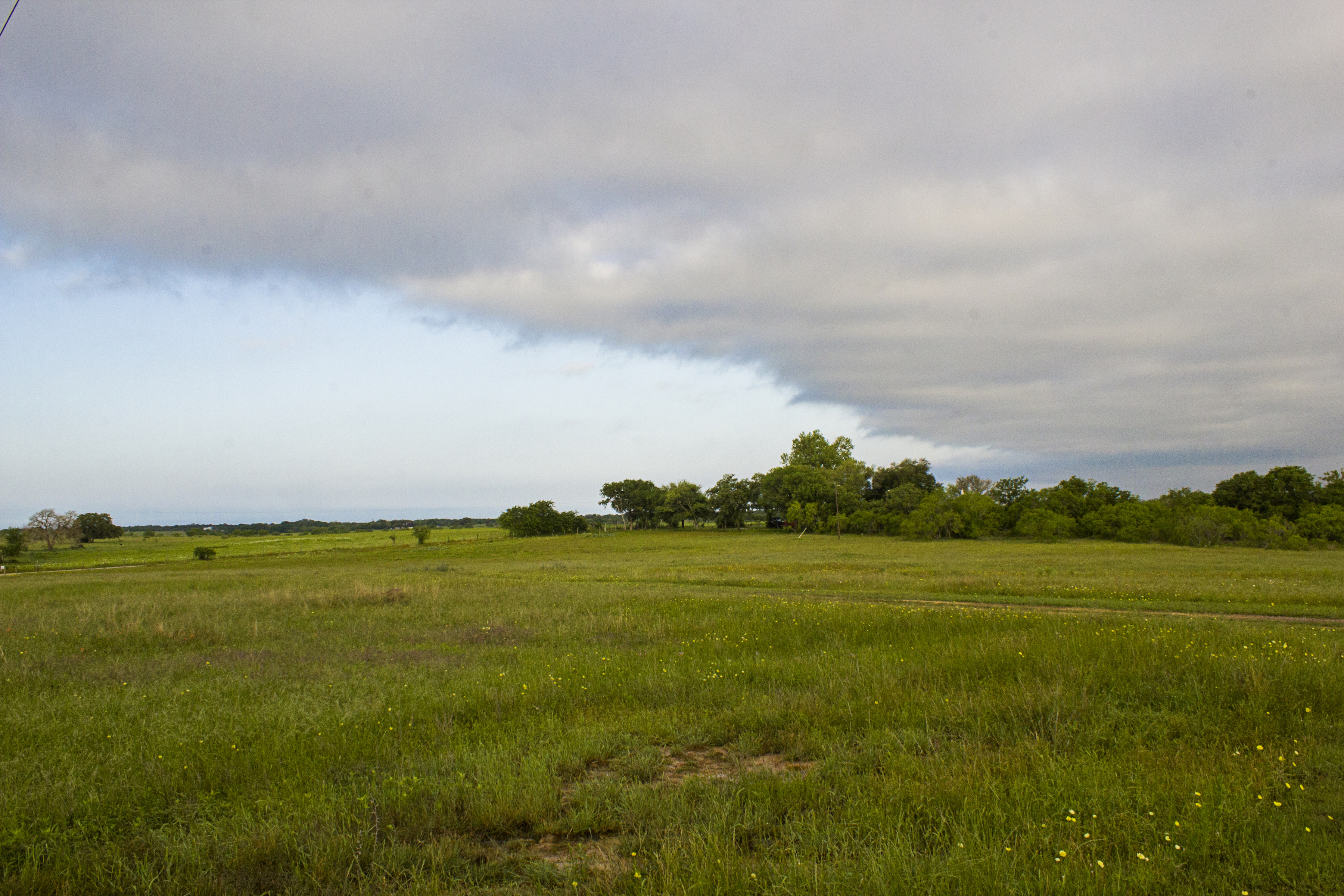
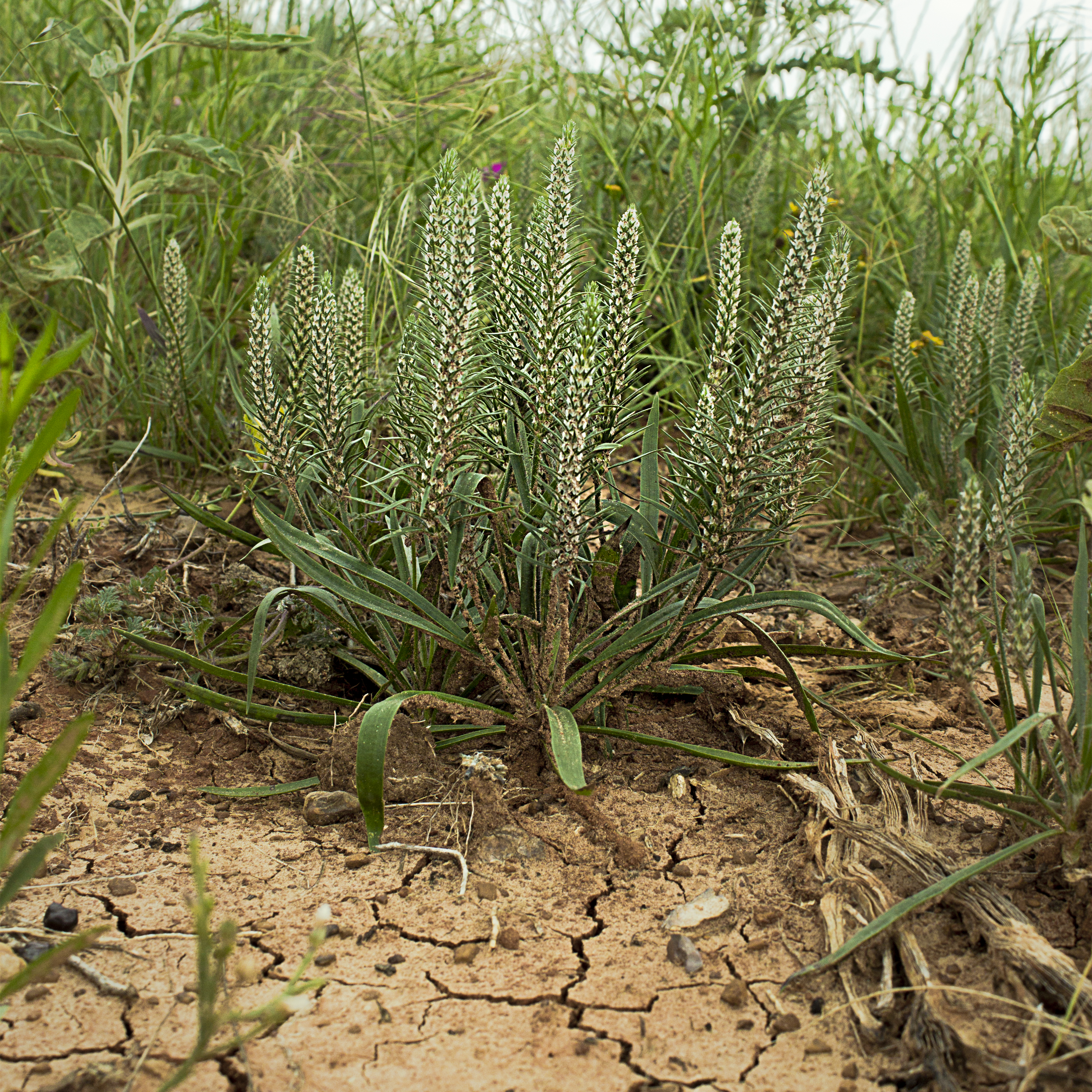
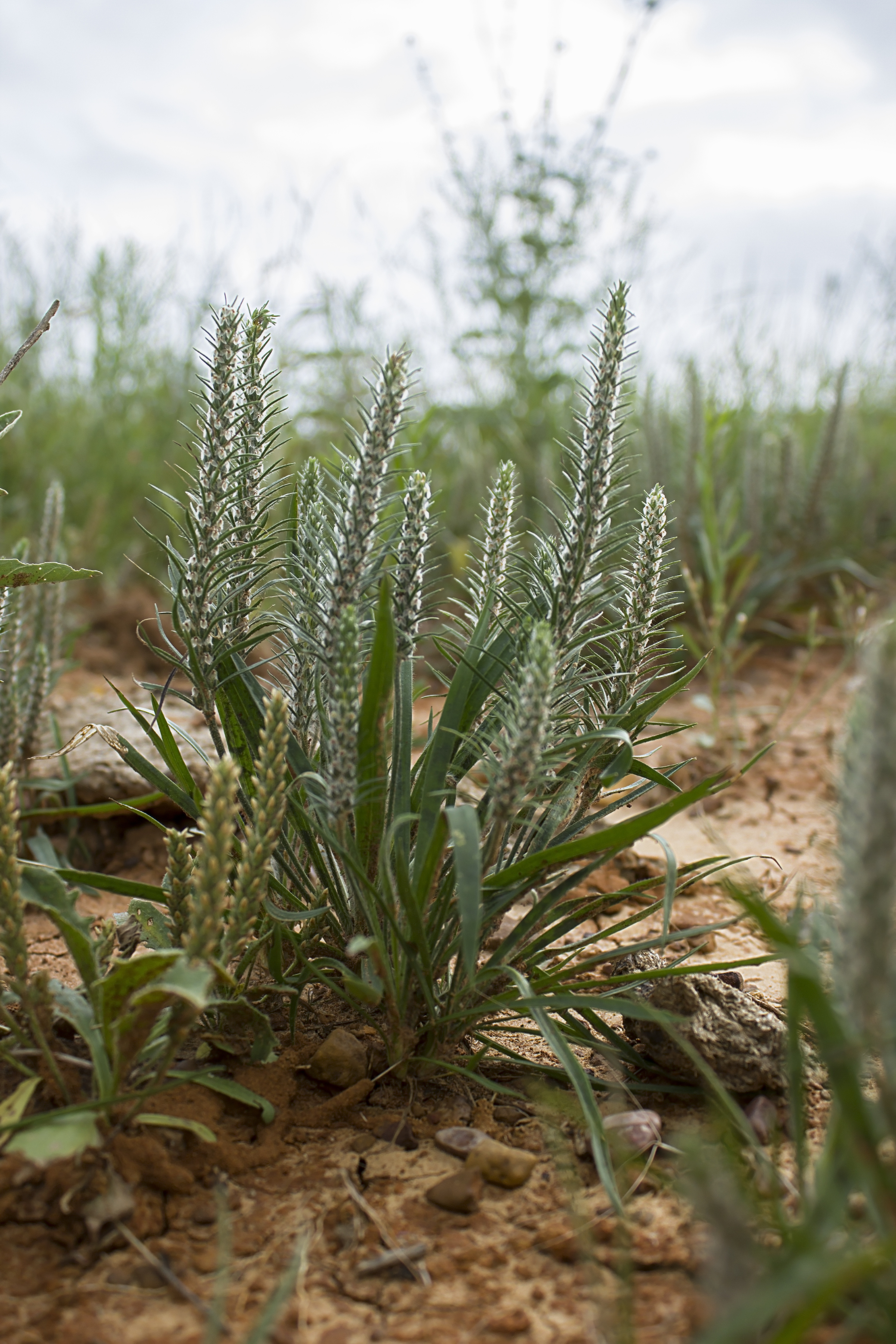
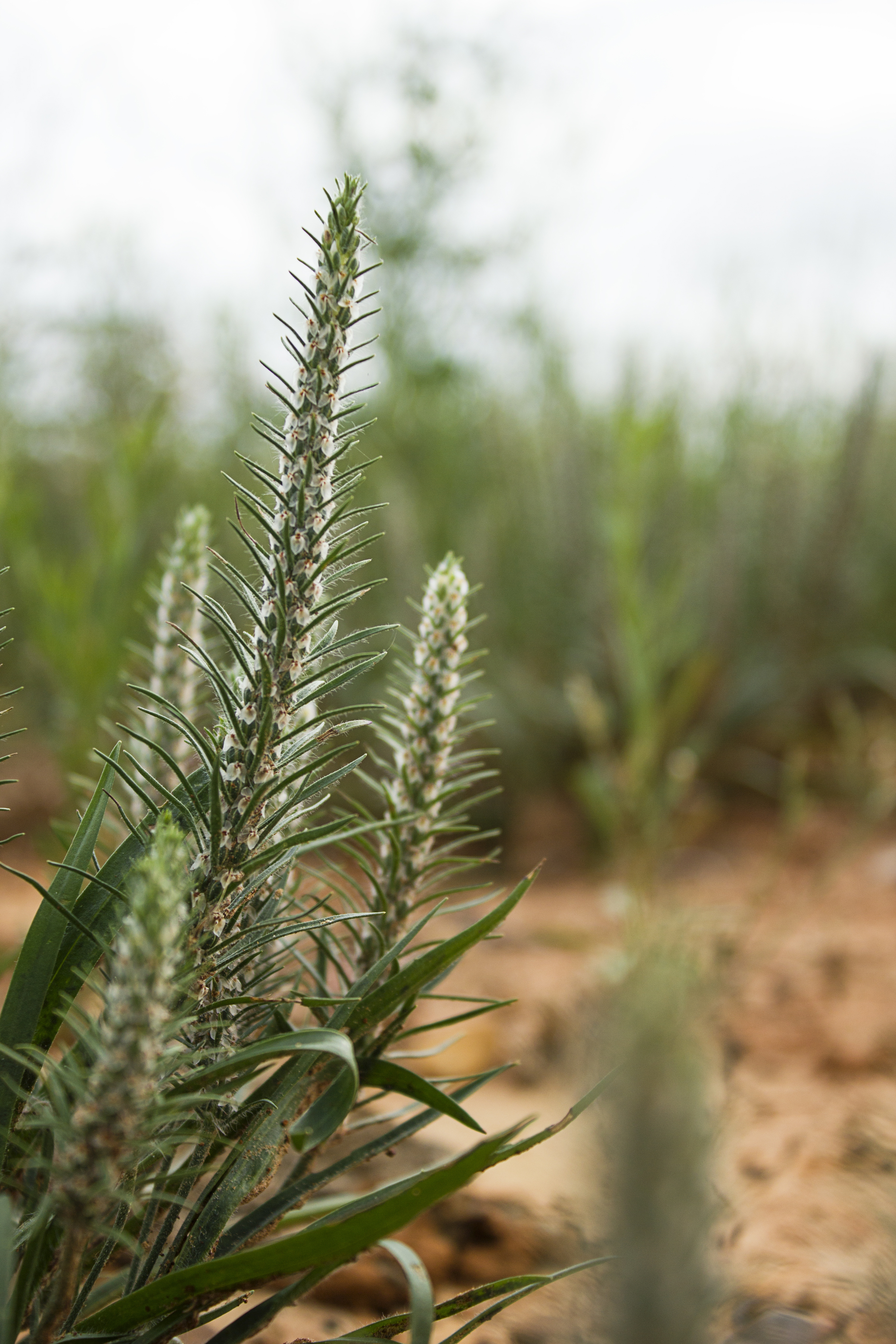

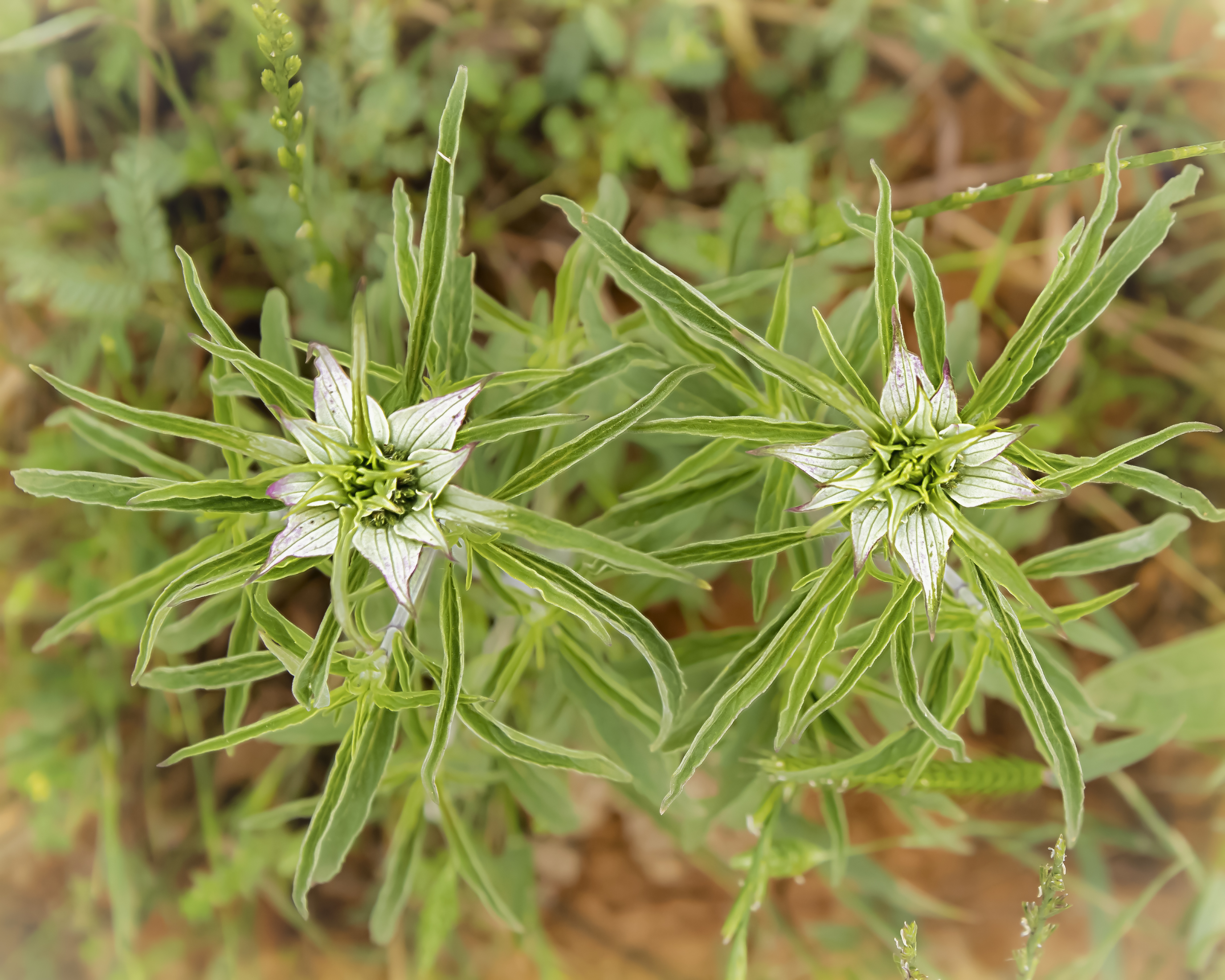
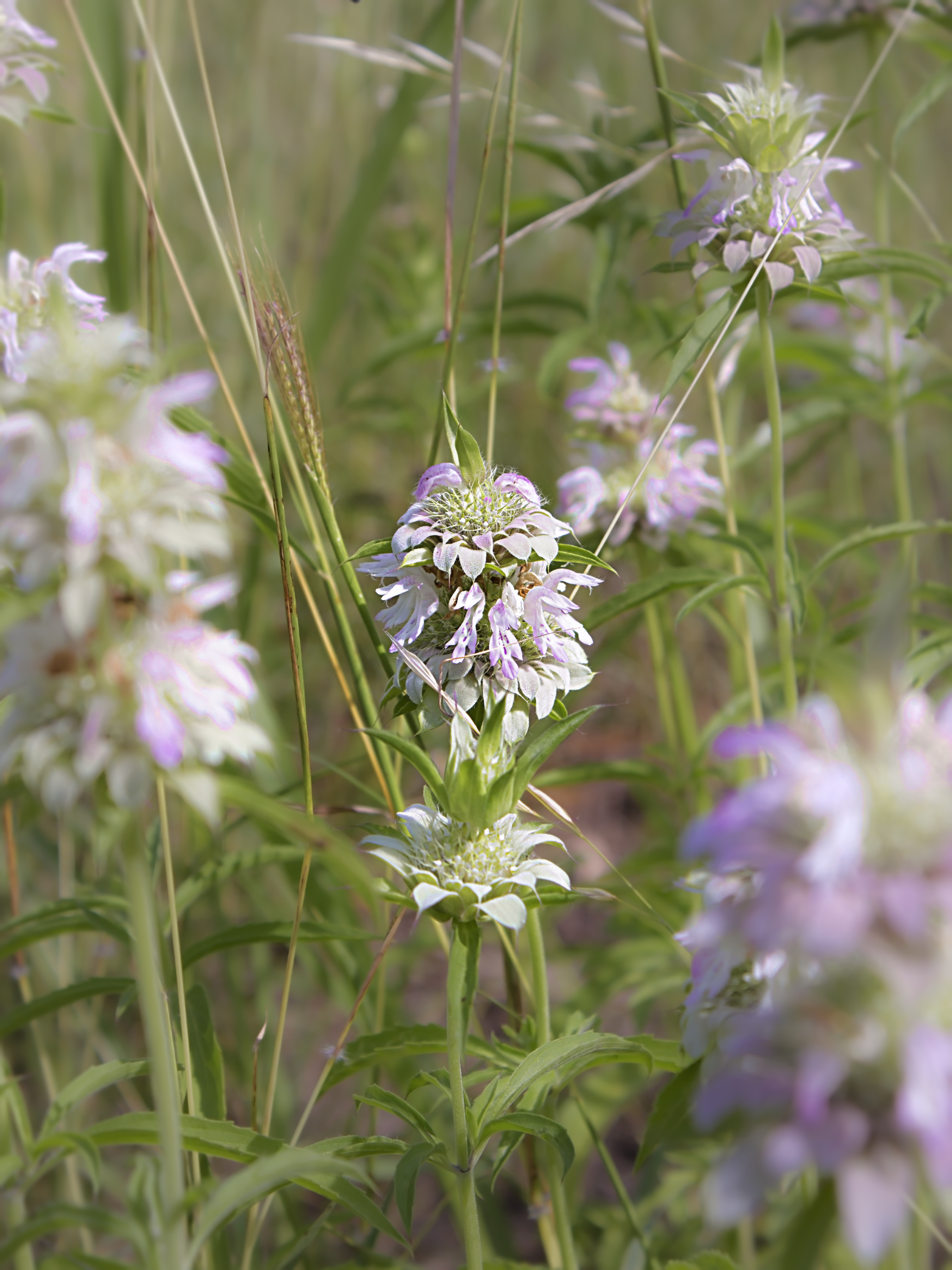
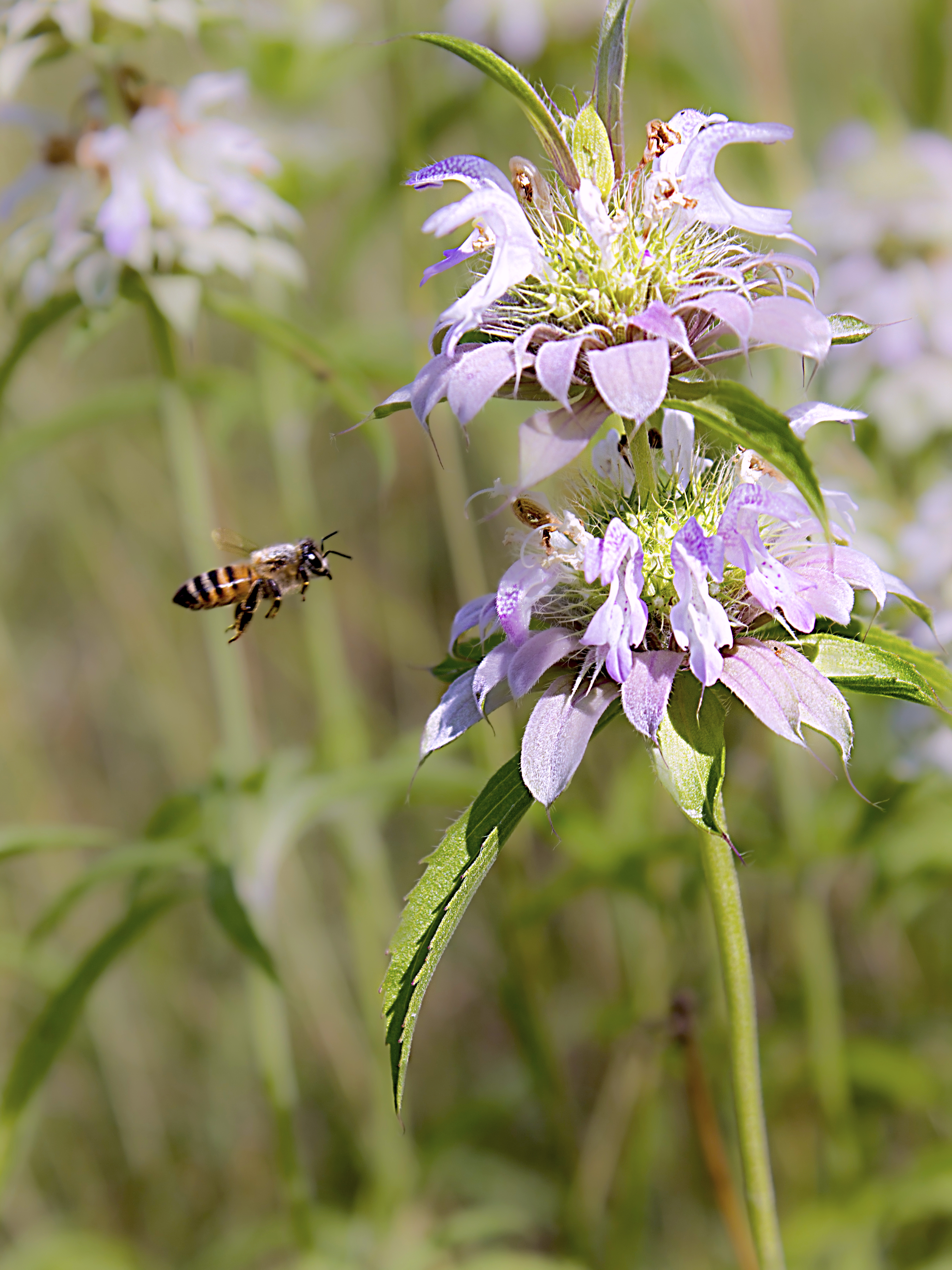

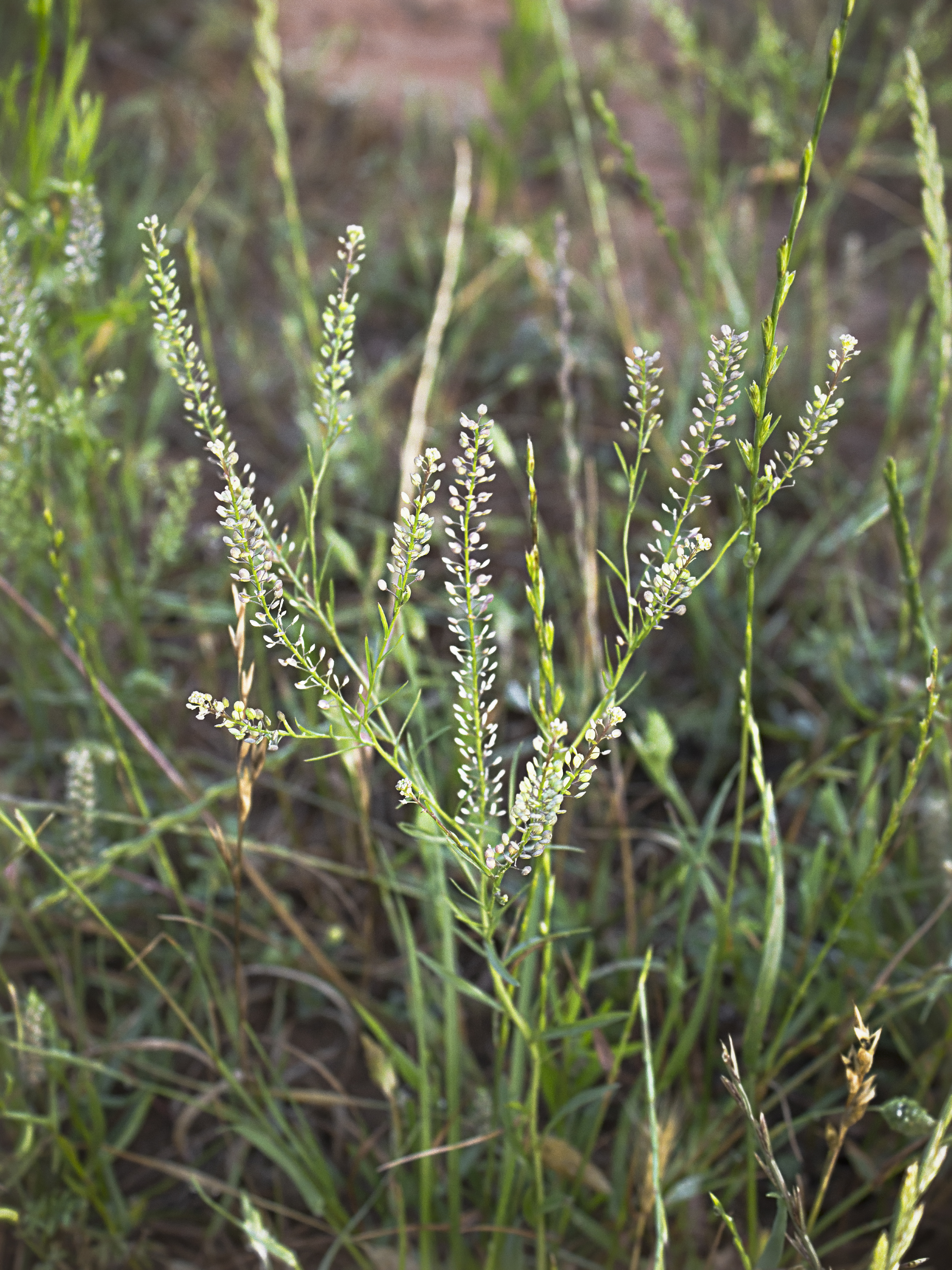
Beautiful shots, Rik!
Thanks for these great shots of plants I’ve never seen!
An interesting set! Beebalm may attract bees, but it is also super popular with certain big solitary wasps which is why I always check it out.
Lovely photos!
Nice Texas flora, thanks for sharing!
Grandma told me that bee balm, what she called horse mint, deterred fleas.
Thanks for the lovely botanical excursion!